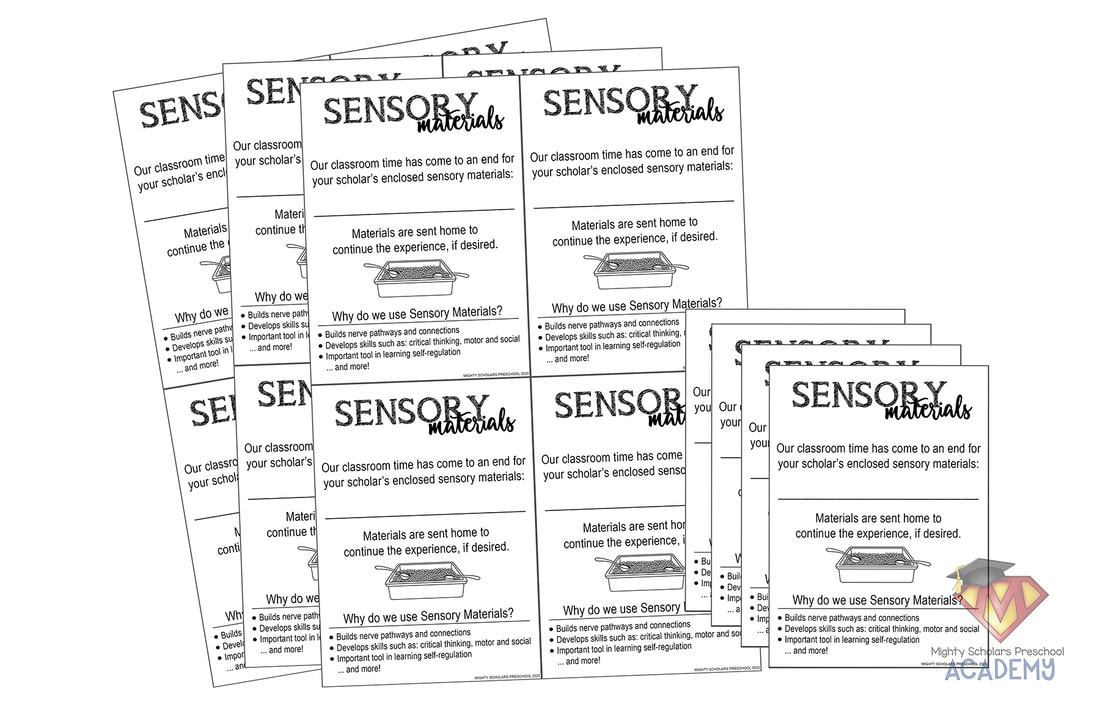|
With these unprecedented times in education and every field beyond, adjustments are required to help reduce the spread of illness. In the classroom, that requirement looks like individualization of supplies (where possible), removing items that can’t easily be cleaned/disinfected and reducing the amount of activities/supplies/items that can’t be individualized, so cleaning/disinfecting can be better managed. After a couple of weeks down with new safety protocols and routines solidly in place, I’d like to share three of the tips or ideas that have been implemented in my school–in hopes that they might be helpful in some way. Personal Tutoring Supplies Each student that enrolls as a Mighty Scholar, receives daily one-on-one individualized tutoring sessions in our classroom. In the past, I’ve had a “Teachers Toolbox” with all the necessary tutoring supplies and needs for all my students. With the new need to have tutoring supplies separate for each scholar, I now use the ten drawer rolling carts from Michaels. The drawers are easy for my scholars to access and they can locate their personal drawer with their picture, name and scholar number. All of the classroom supplies have a minimum of one identifier (picture, name, number). I like to put all three identifiers on as much of their containers as I can. Those items/containers that are too small, such as a skinny pencil case, usually only have their number. Typical tutoring drawer items are: a copy of their assessment goal plan, journal (for pre-writing strokes, writing practice and fine-motor), skinny pencil case (journal writing utensils specific to their development needs), name practice pocket (name activities), ELA tool kit and MATH tool kit (with items included from the talented Tara West on TPT), any sheets or items specific to their particular development/academic work. All tutoring supplies are easily and quickly sanitized after use. Tara's Instant ELA and MATH Tool Kits can be found HERE and HERE. Art/Writing Supplies To individualize art and writing supplies for each scholar, I use small caddies from Dollar Tree that I’ve labeled with vinyl. The caddies hold regularly used supplies (crayons, markers, scissors, glue stick). Other ‘Creativity Center’ supplies that cannot be individualized are then separated by classes. At the end of each class time, supplies are easily sanitized and stored on a rolling cart, away from other classes. Play Dough and Sensory Play A critically valuable tool in development is sensory experiences. Community sensory tables are on a hiatus, but making sure each scholar receives those needed experiences is incredibly important. Our classroom play dough/sensory tubs are shoebox sized Sterilite containers with securely latching lids. Latching lids is key to keeping materials inside the containers as scholars move them to and from their storage location. I like the depth that the shoebox sized tubs give, to reduce spillage during play and also provide ample space for real tools in their exploration. We have a regular rotation routine set for the types of supplies in the play dough/sensory tubs. Types of materials are swapped out on a bi-weekly basis. For instance, play dough is supplied in the tub for two weeks, then swapped out with a sensory experience for two weeks. I involve my scholars in as much preparation and swapping out of materials as I can. Doing so provides an incredible learning experience, helps scholars develop independence and empower them to feel capable and confident as they grow. Some of the tasks they help with are: dying fillers, measuring or cutting sensory fillers, removing items and tools from their tub, cleaning the inside of their tub in preparation for the next group of items, helping to clean previously used tools, pouring sensory filler, collecting/adding tools and items for either the play dough theme or sensory experience, and preparing play dough or sensory materials that will head home. Sending Home Used Sensory Materials When some of the play dough/sensory materials have come to the end of their time for use the classroom, my scholars prepare them to be taken home. I have my scholars add a printed note to parents regarding the sensory materials being sent home. Parents have also been informed that if they choose to have their child continue the sensory experience at home, they should do so in a supervised environment. I also encourage getting creative with tools or items they can add to the sensory play, along with recommending items such as: scoops, spoons, scissors for play dough, cups, cookie cutters, tweezers, or anything that will help build fine-motor skills. Comments are closed.
|
Categories
All
©2012–2024 Mighty Scholars Preschool Academy
|









